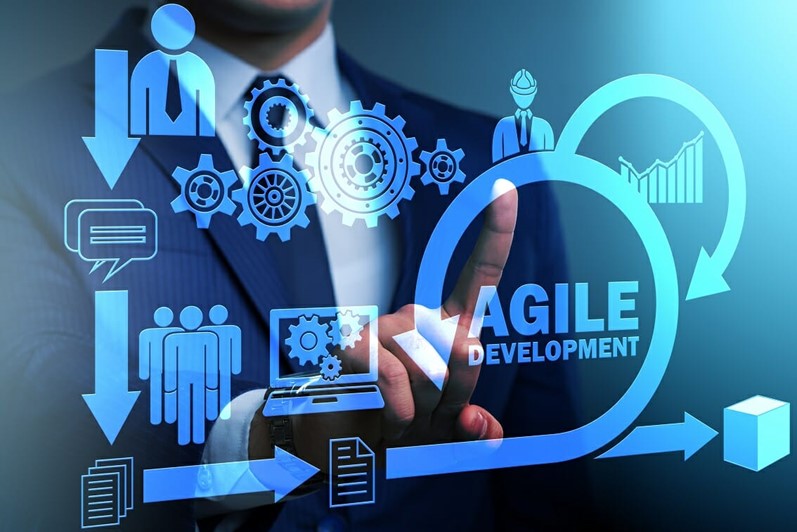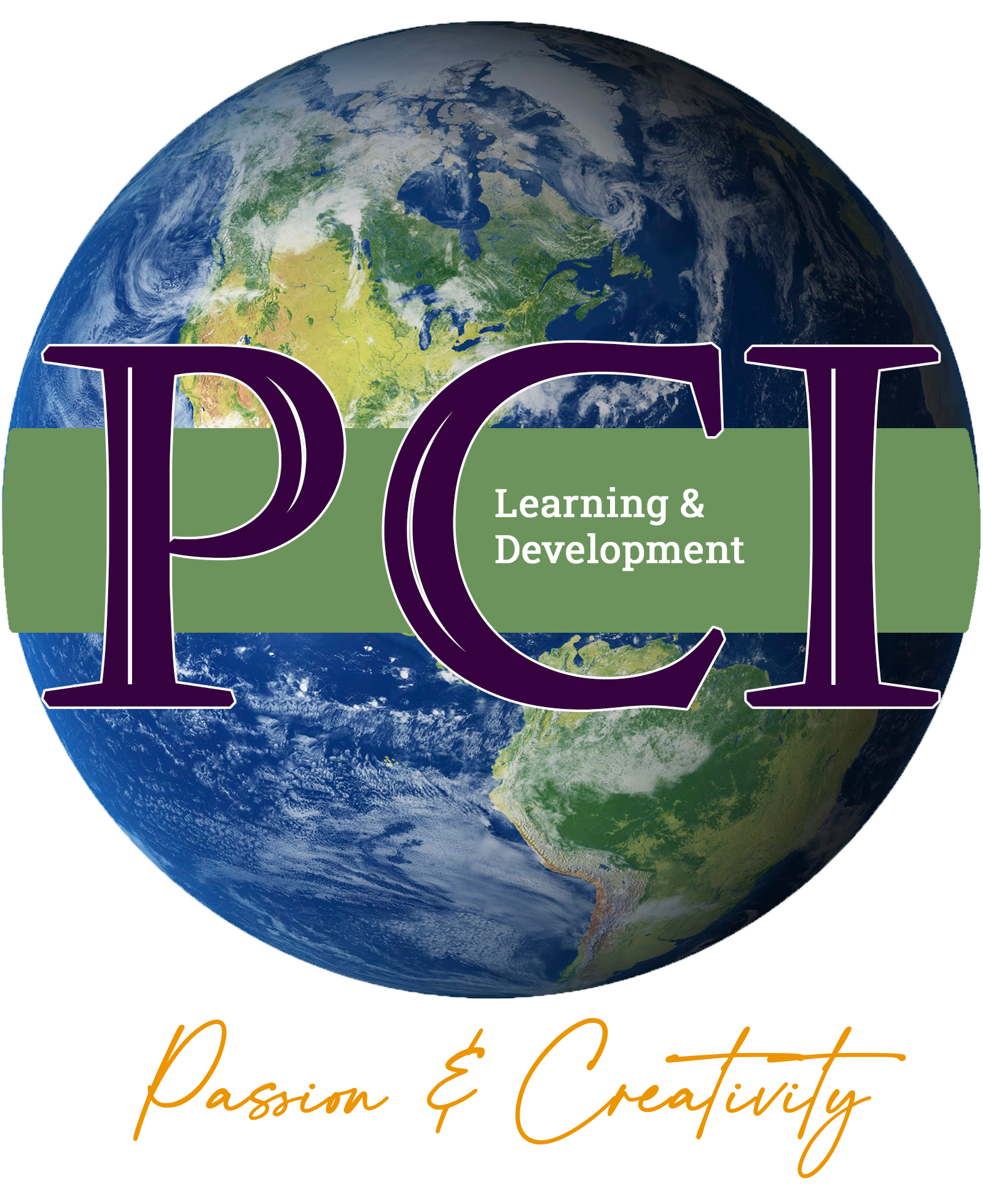An essential introduction to Agile certification, understanding the Agile Manifesto and Scrum and Sprint methodologies
Agile Project Management 3-Day Program

Introduction
The enormous advances in technology, combined with political uncertainty and associated market volatility, mean that today’s work environment is required to embrace change. If you, your team, or your organization is resistant to new demands, processes or opportunities, you may lose competitive advantage. Organizations need to embrace practices that allow them to identify the need for change, and respond effectively, without throwing their operations and the work of their teams into chaos.
As the Digital Transformation age gathers pace, some organizations have embraced new management thinking and are enjoying a sustained competitive advantage; faster speed to market, increased customer satisfaction and increased profits. This training program is designed to equip delegates with comprehensive Agile Project Management knowledge, skills and tools and techniques that they can apply to embrace new ways of working and implement an agile leadership culture within their working environment.
The program will cover:
- Governance of teams and work approaches
- Agility and why agile approaches work
- Team leadership through self-organization
- Dominant agile approaches – SCRUM and KANBAN
- How agility drives continuous improvement
Objectives:
By the end of this program participants will be able to:
- Identify the situations in your organization where traditional portfolio governance and project approaches are underperforming, and replace them with new Agile management practices.
- Obtain a significant reduction in development costs, with improved integration of complex IT and software systems, through Agile processes
- Understand why facilitating the emergence of new ideas and requirements can lead to greater employee motivation and increased delivery of value to the organization.
- Analyze their own work situation to determine where agile tools and techniques will be of benefit.
- Appreciate the power of teamwork and the necessity of supporting teams with effective structures.
- Lead a team in the implementation of continuous improvement processes within a change and innovation culture
- Become an integral part of an organization that has a focus on business continuity and sustainability.
Impact
Your organization benefits by reducing the cost of production whilst guaranteeing customer satisfaction. Your employees will be able to:
- Reduce risks: Agile teams can better react to business changes.
- Deliver improved methods of meeting customer expectations through constant customer collaboration via the frequent feedback loops in Agile processes.
- Demonstrate improved performance visibility & transparency providing the opportunity to spot issues within the workflow, move everyone from the team onto the same page and respond to changes more effectively.
- Provide better team collaboration and continuous improvement. In Agile methodology, open communication is central to successful project delivery.
- Use Agile processes to focus on the development and dissemination of the knowledge and skills which are required to exploit the potential of the latest technologies.
Target Audience
The program is targeted at both management and employees. It is designed to clearly explain formal management approaches and enable delegates to recognize “warning signals” that indicate when work streams, or projects, are about to encounter issues. Traditionally, work is organized around logical operating procedures and plan-based projects. Delegates engaged in such work will learn how to explore other mechanisms using Agile methodologies to support the emergence of alternative work streams, and the evolution of work procedures, to reflect on their own work situation and improve it.
The program will particularly benefit:
- Directors and senior decision-makers
- Strategy and change managers
- Operations (Including IT and technical staff)
- Line managers
- Project managers
- Team leaders
- Employees who influence work (e.g. Quality department, customer services and human resources).
Course Content:
A number of experimental learning team exercises will be provided throughout the 3 days to accelerate the learning and understanding of Agile. Participants will be allocated into groups to establish a fun, creative and competitive environment.
Day 1
- Getting Started
- Introductions
- Agenda
- Expectations and objectives
- Assigning teams
- Practical Exercise: Cognitive Game
- Practical Exercise: Morning Routine Story Mapping
- Foundation Concepts
- Defining “Traditional” project management
- Project management parameters
- The “traditional” approach to these parameters
- The strengths and weaknesses of the traditional approach
- Defining “Traditional” project management
- Defining “Agile” project management
- Project management parameters revisited
- The “Agile” approach to the parameters
- The strengths and weaknesses of the Agile approach
- Managing projects with traditional and agile methods
- Can the two approaches co-exist?
- Leveraging the benefits of both methods
- Options for using both methods on a project
- An Introduction to Agile and implementing Agile
- Definable work vs. high-uncertainty work
- Project factors that influence tailoring
- The Agile manifesto and 12 principles
- Agile mindset
- Scrum and Sprints
- Agile domains and tasks
Day 2
Exercise: Cognitive Game
- Agile tools and techniques related to PM “hard skills”
- Planning, monitoring and adapting
- The need for planning, monitoring and adapting
- The Agile approach to planning
- The Agile planning tools and techniques
- The Agile monitoring tools and techniques
- The Agile approach to adapting
- Product quality
- A definition of “product quality”
- Setting the standard for product quality
- Agile tools and techniques for achieving product quality
- Risk management
- A definition of “risk”
- What is “at risk”?
- The acceptability of risks
- The Agile tools and techniques for managing risks
- Application Project (Practice on a real life project)
- Planning, monitoring and adapting
Day 3
Exercise: Cognitive Game
- Applying Agile
- Explaining Agile approaches
- Agile application exercise – multiple iterations
- Applying retrospectives – leading continuous improvement
- Applying team decision-making – planning poker
- Applying Agile estimation – learning by doing
- Reflection on team behaviors
- Core Agile tools and techniques
- The philosophy of core Agile tools and techniques
- Agile estimation
- Will traditional forms of estimating work for agile?
- The relationship between estimating and guessing
- The relationship between estimating and sizing
- The where, who, and how of agile estimating
- Agile Knowledge and Skills
- Context of Agile Knowledge and Skills with regards to Agile Tools and Techniques
- Agile Knowledge and Skills
- Process focused
- People focused
- Product focused
- Project focused
Exercise: Sprint practice (The Agile Paper Airplane game)
- Post course evaluation and feedback
- Course review and assignment
- Presentation of certificates, awards, and team prizes
